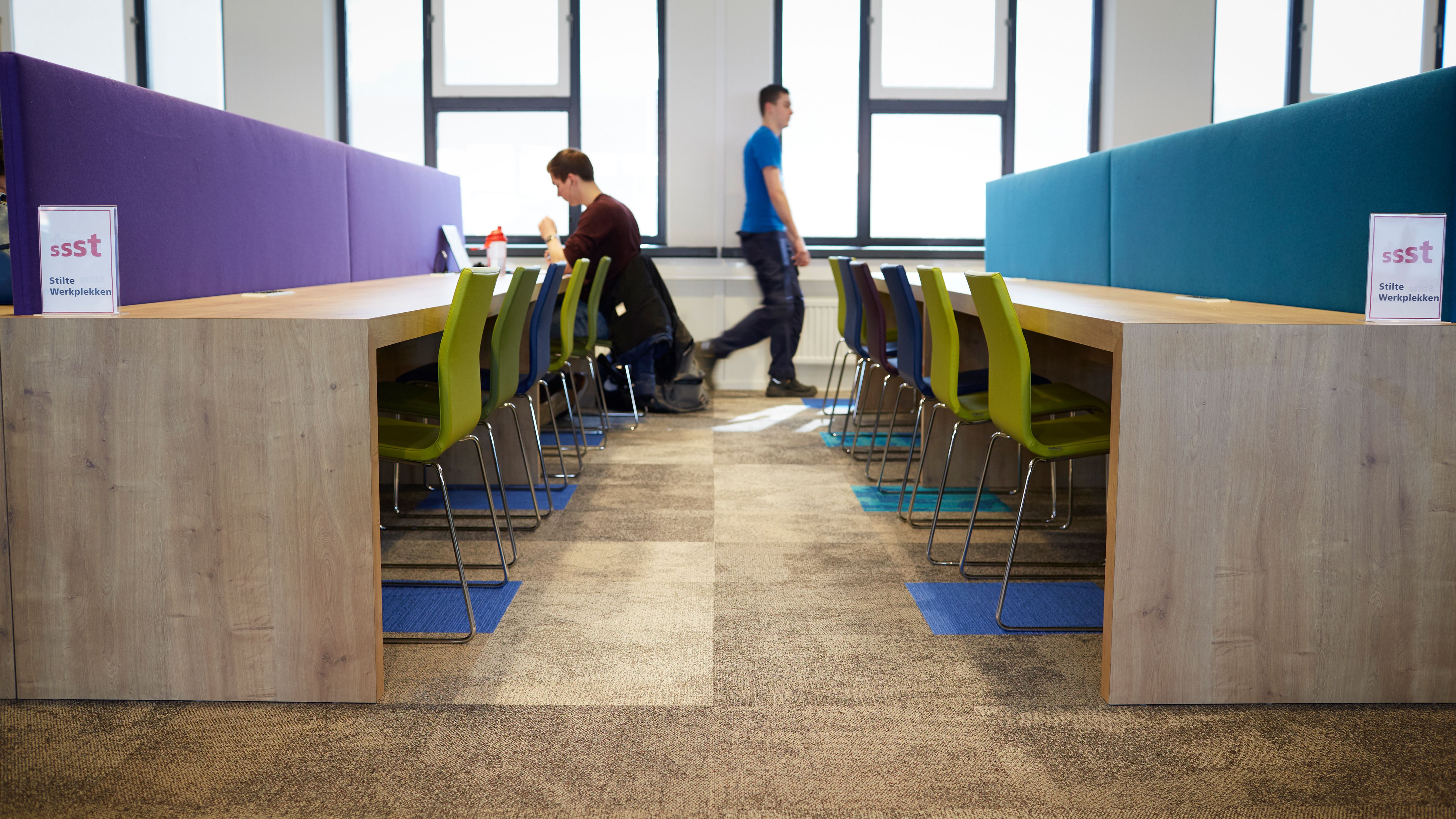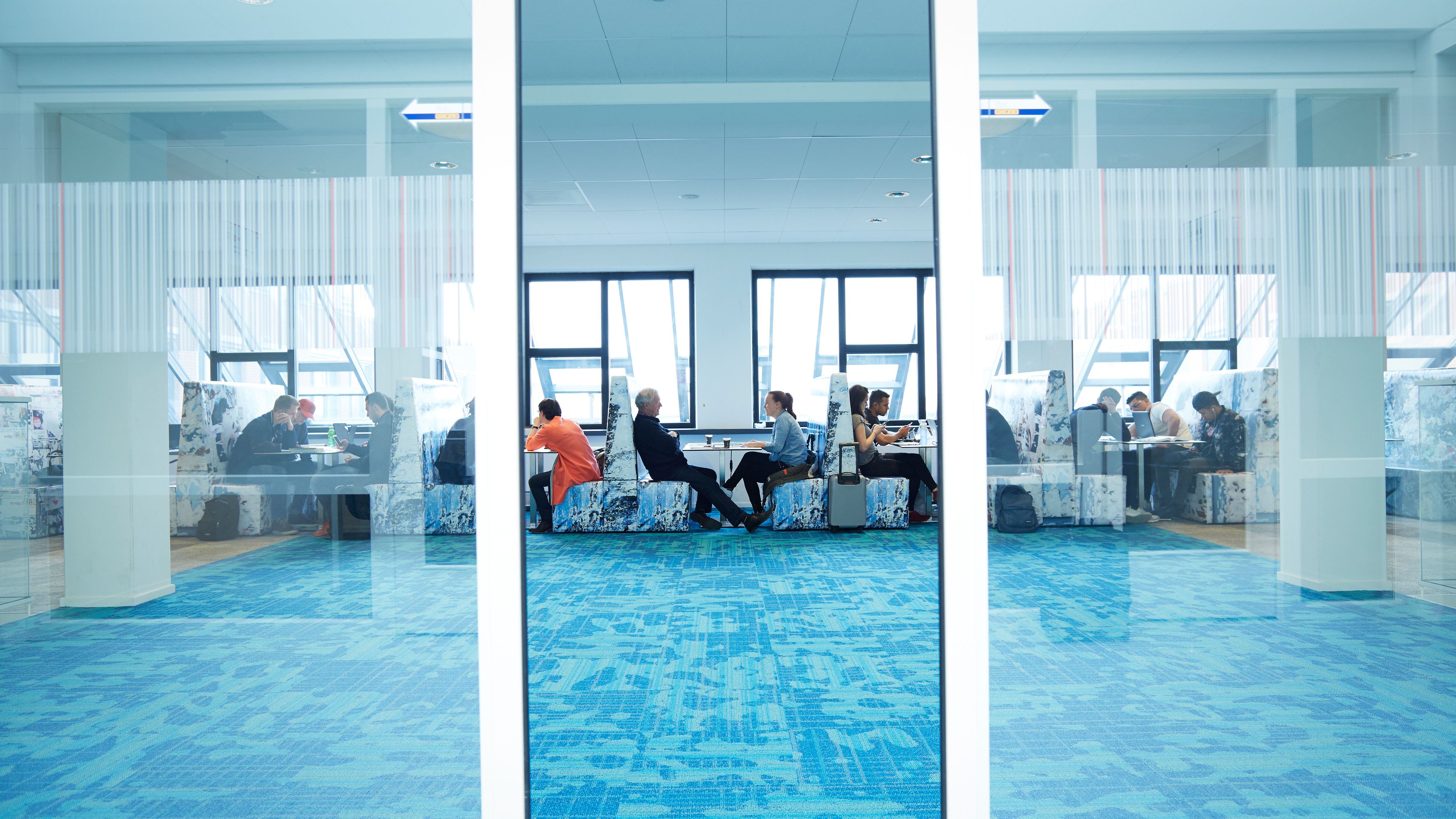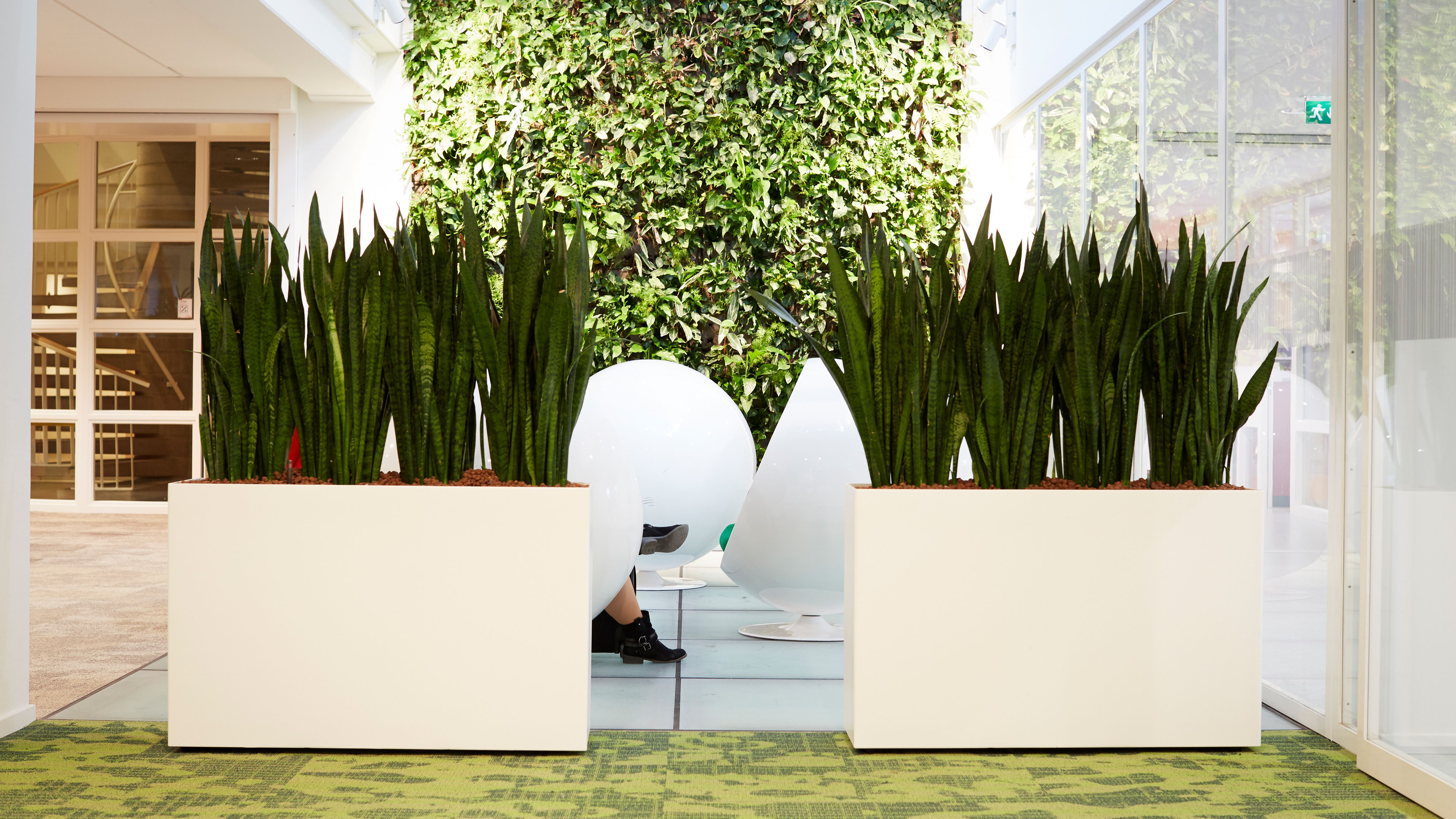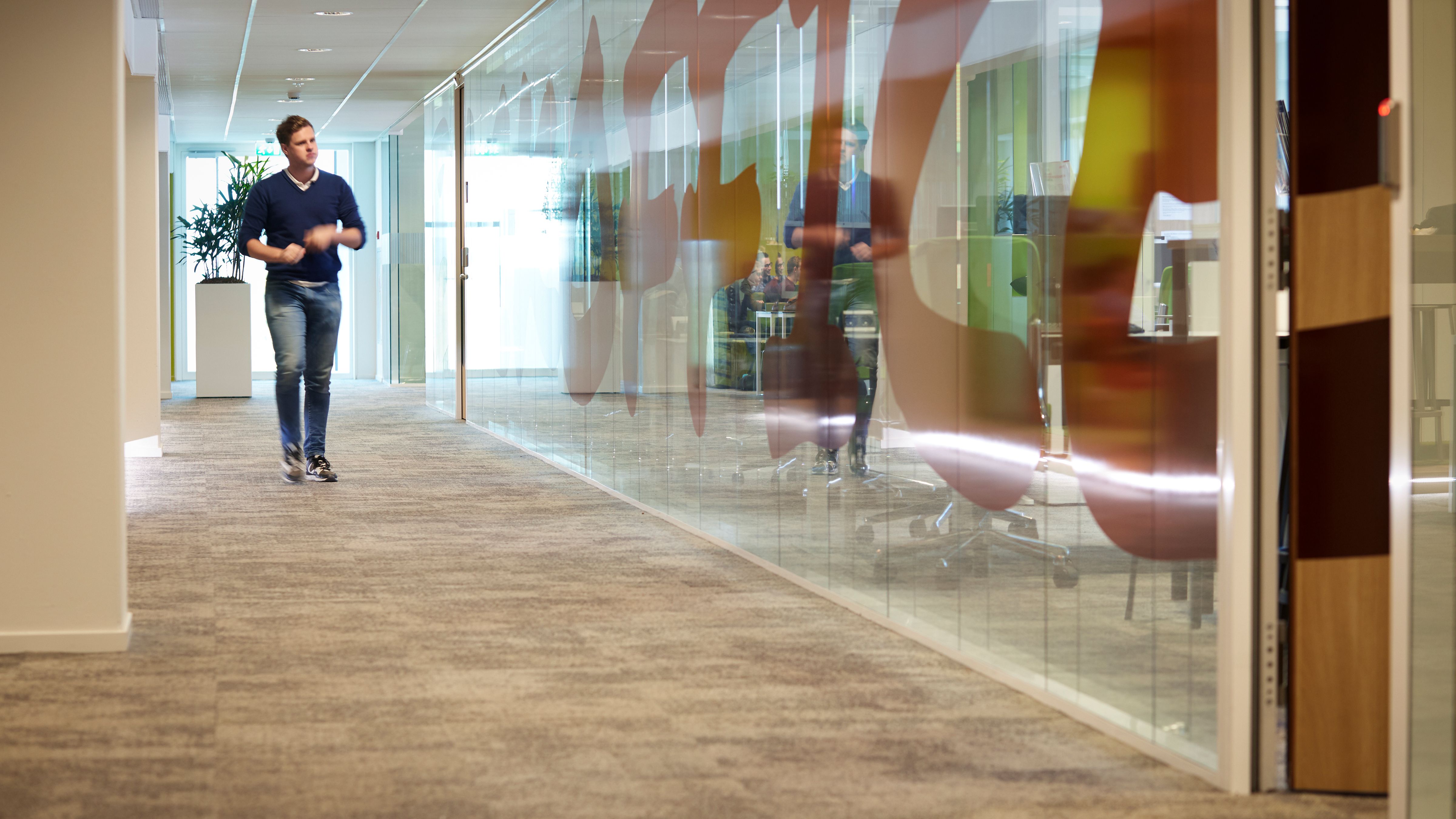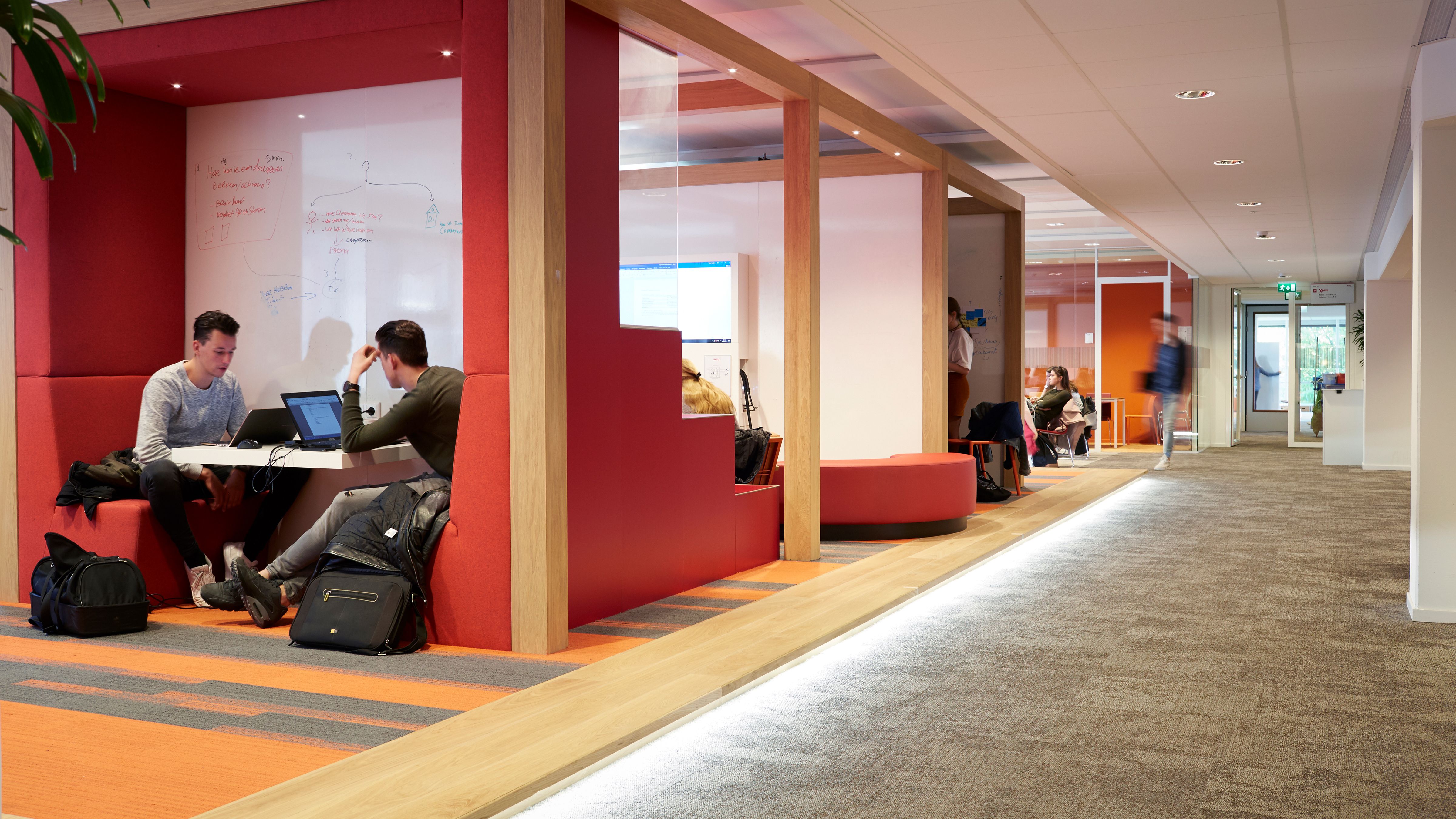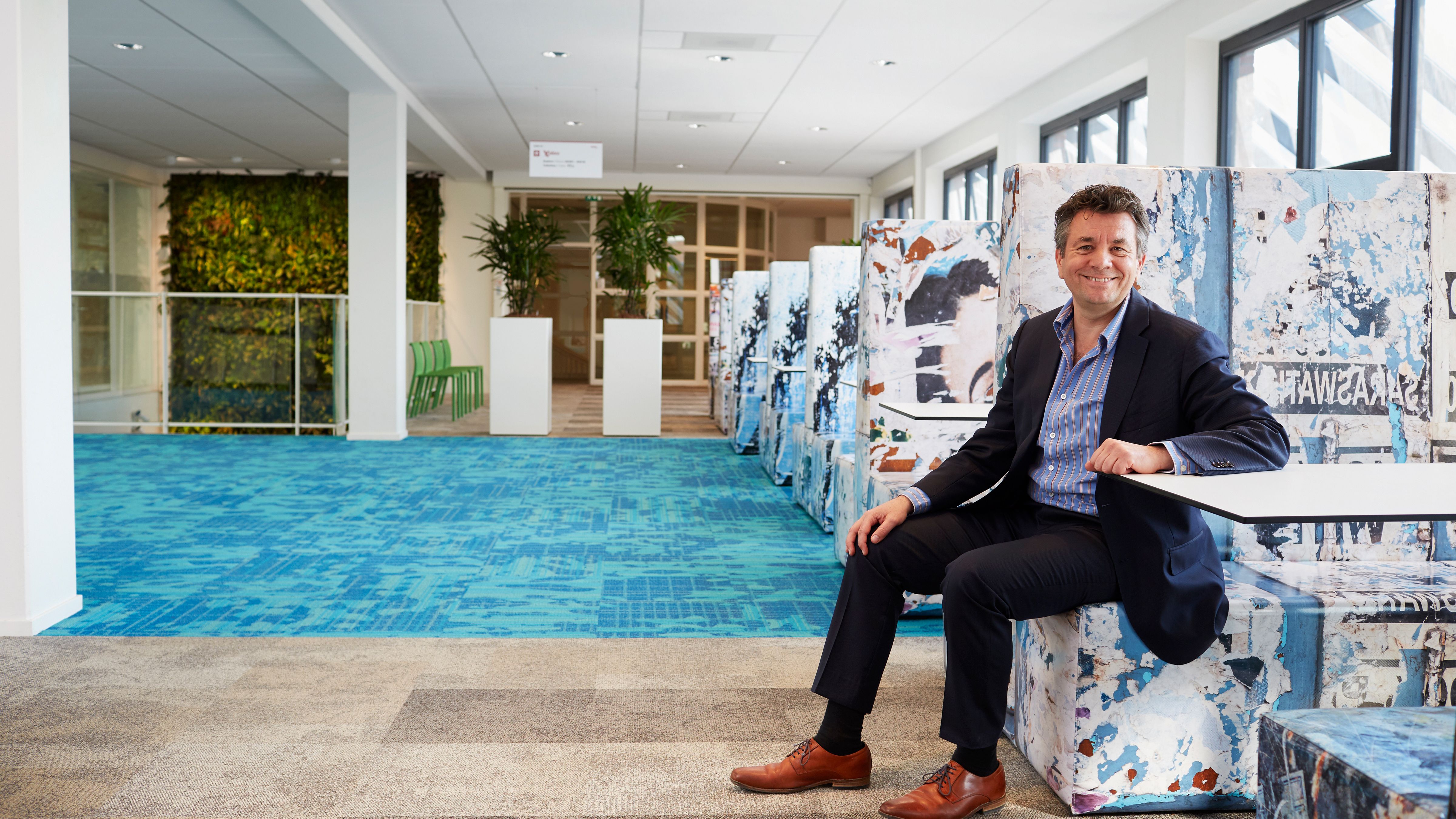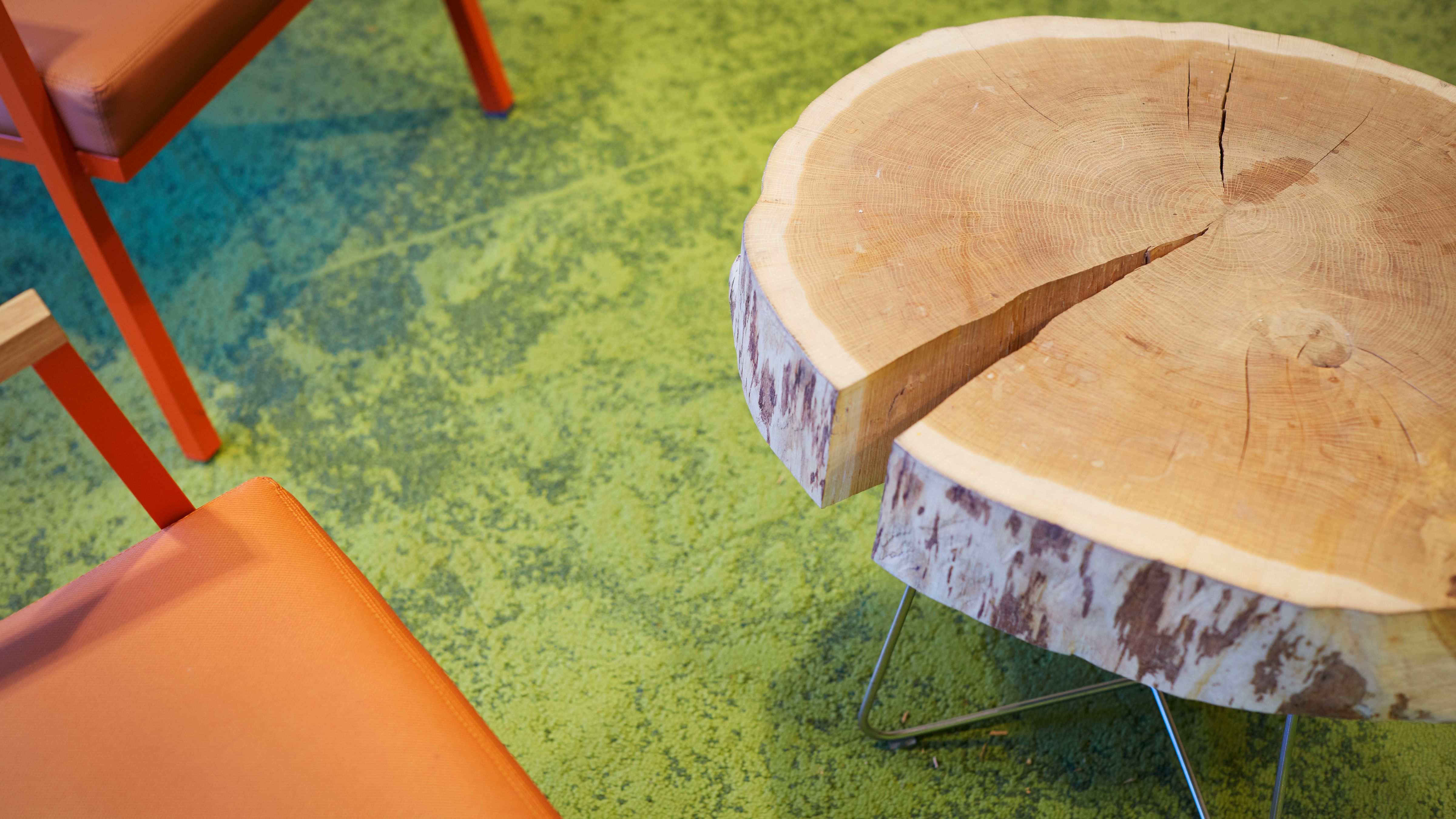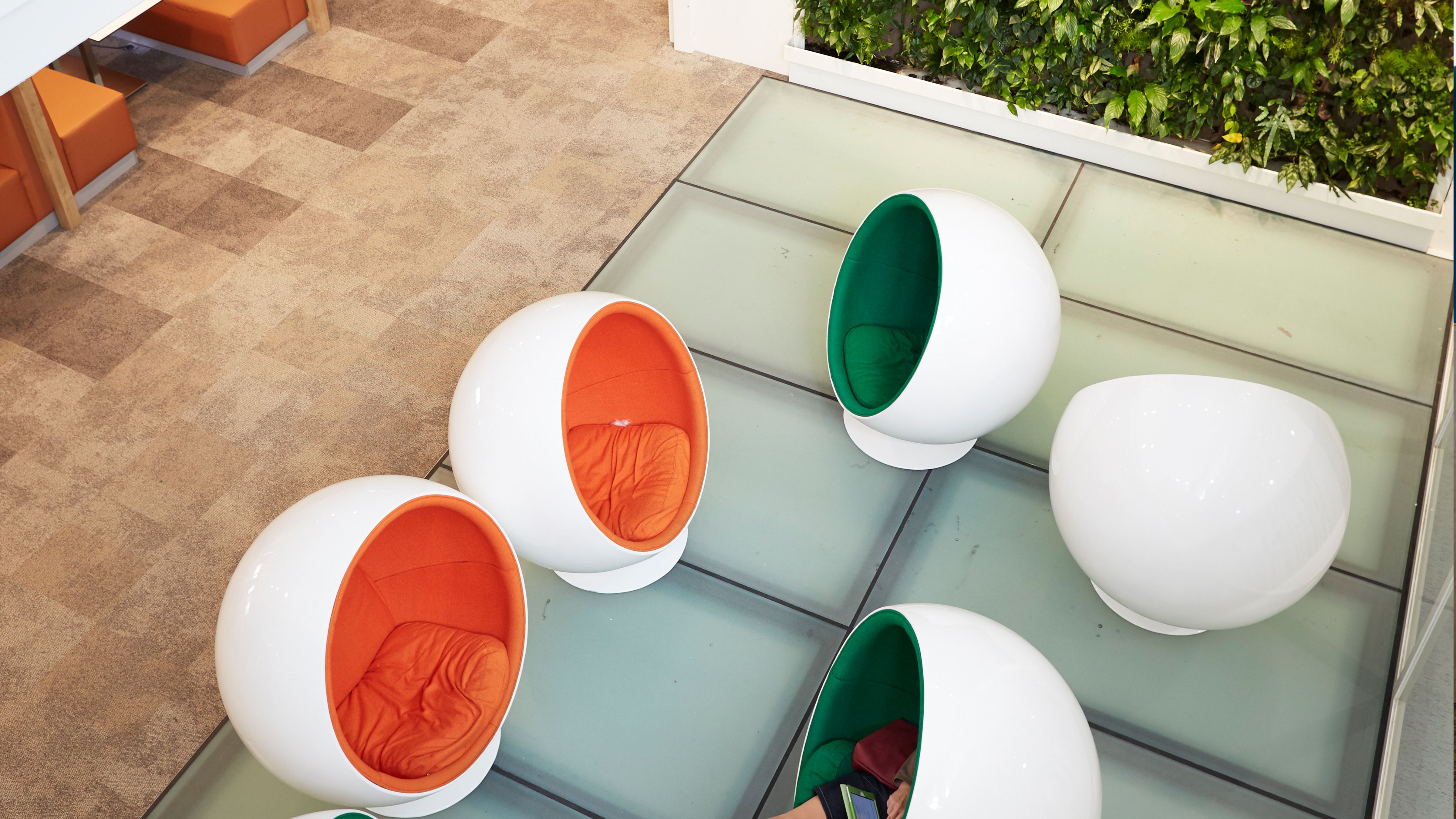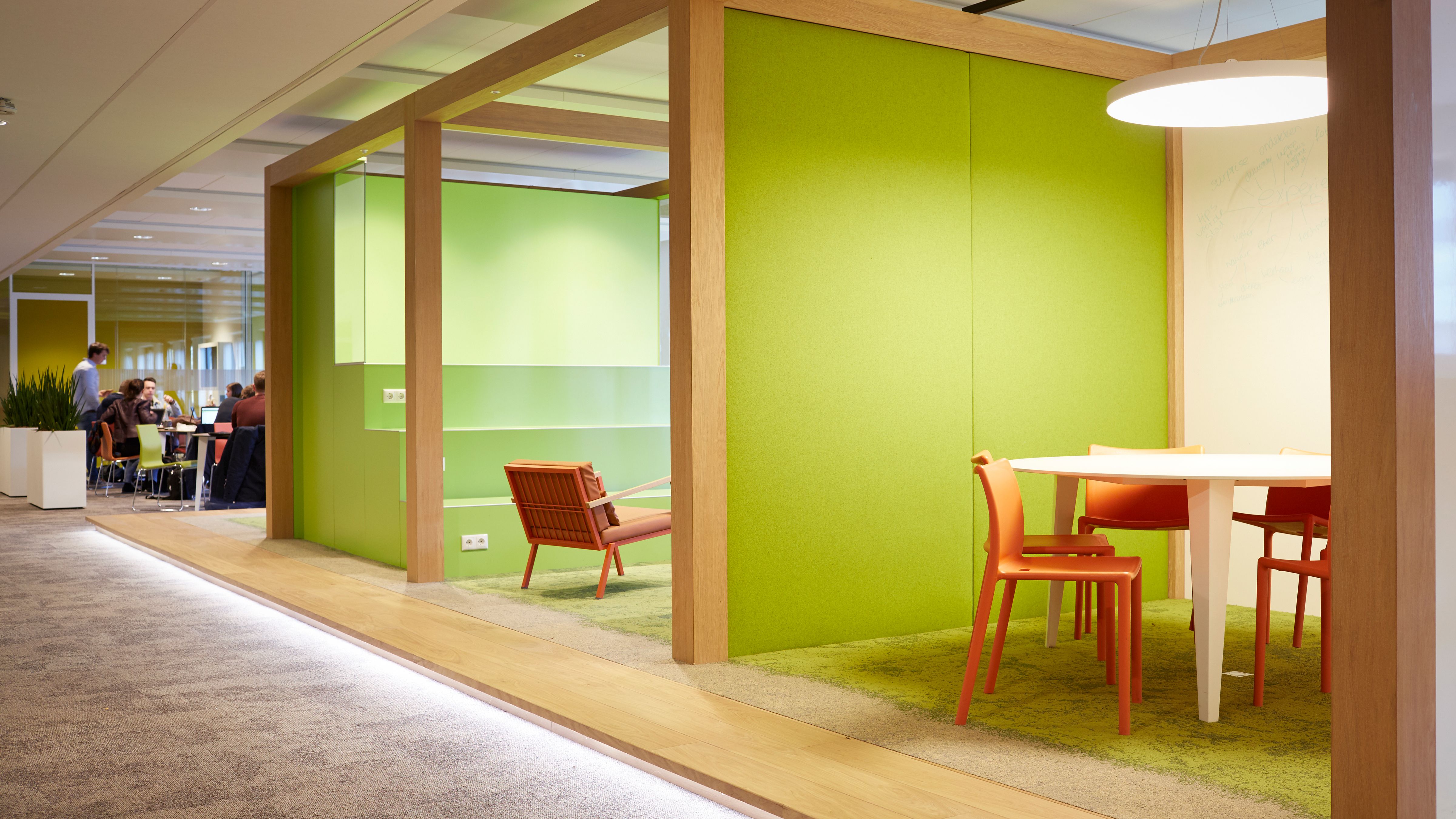Every learning facility wants to bring out the best in its students. While the quality of the curriculum is vital, it’s not the only factor. The interior should not be underestimated, so how do you design a positive space in which students and teachers flourish?
This was the key question in the creation of the modernized campus of Avans University of Applied Sciences in Den Bosch, the Netherlands. The centerpiece of the space is Xplora, an impressive open multimedia room where approximately 1,500 students learn, work, and interact on a daily basis. Ernest Pieters of Rienks Architects led the design effort. Let’s look at what makes this new location so inspiring and conducive to productive learning.
Structure and zoning
“When you design a working environment for so many different occupants – in this case students, staff and visitors, you need to give serious thought to the manageability. That’s why we opted for an easily accessible location with plenty of space.” says Pieters. “We divided Xplora into separate zones, each with its own function. The first is the busiest, behind that is a zone with murmuring background noise, and the last is a quiet zone. This transition from loud to quiet gives students flexibility, with multiple types of working spaces to choose from.”
In structure, Xplora resembles a city center. In a European city, such as Amsterdam or Den Bosch, the downtown area is a succession of squares, streets and remarkable buildings, which provides structure to city visitors. The urban tapestry helps people determine where they are and where they want to go next. This concept was translated into the learning and working environment of Xplora, by creating immediately recognizable main streets, squares and landmarks to help with orientation.
For example, an open sea container, with study units inside, was placed on one of the floors to act as an orientation point for students and staff to meet up. Every floor contains similar landmarks, such as pergolas, which offer the same visual reference points to support navigation in the space.
Stimulate students’ creativity
One of the main challenges when creating the design was to ensure Xplora will be used intensively. Today’s students have the internet at their disposal everywhere they go, and maintain daily contact with the outside world through a plethora of devices, so they need a reason to go to a specific learning and working environment.
It was recognized that for Xplora to be widely used, it had to be worth the journey and provide something that cannot easily be found in the home environment.
“Xplora needs to be a positive space that stimulates the entire spectrum of students’ senses,” Pieters explains, “the mood, the atmosphere, the view, the elements of the interior, the functional layout and the facilities – everything has to contribute to a positive feeling. And the space must facilitate interaction, which is why zoning and structure were so important in the design of Xplora.”
For instance, interaction takes place and creativity is fostered at the pergolas. They offer miniature stages where groups of students can work collaboratively, pitching workpieces, sharing feedback and ideas, and encouraging each other. A great example of a positive space.
